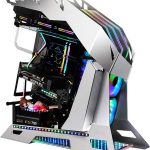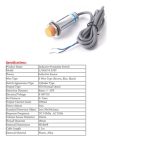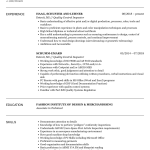Unlock The Full Potential: Explore The Cutting-Edge World Of 32-bit Computer Hardware Now!
Computer Hardware 32 Bit
Introduction
Hello, Readers!
Today, we will delve into the world of computer hardware 32 bit. In this article, we will explore the ins and outs of this technology and its significance in the digital realm. So, fasten your seatbelts as we take you on an exciting journey through the world of 32-bit computer hardware.
3 Picture Gallery: Unlock The Full Potential: Explore The Cutting-Edge World Of 32-bit Computer Hardware Now!
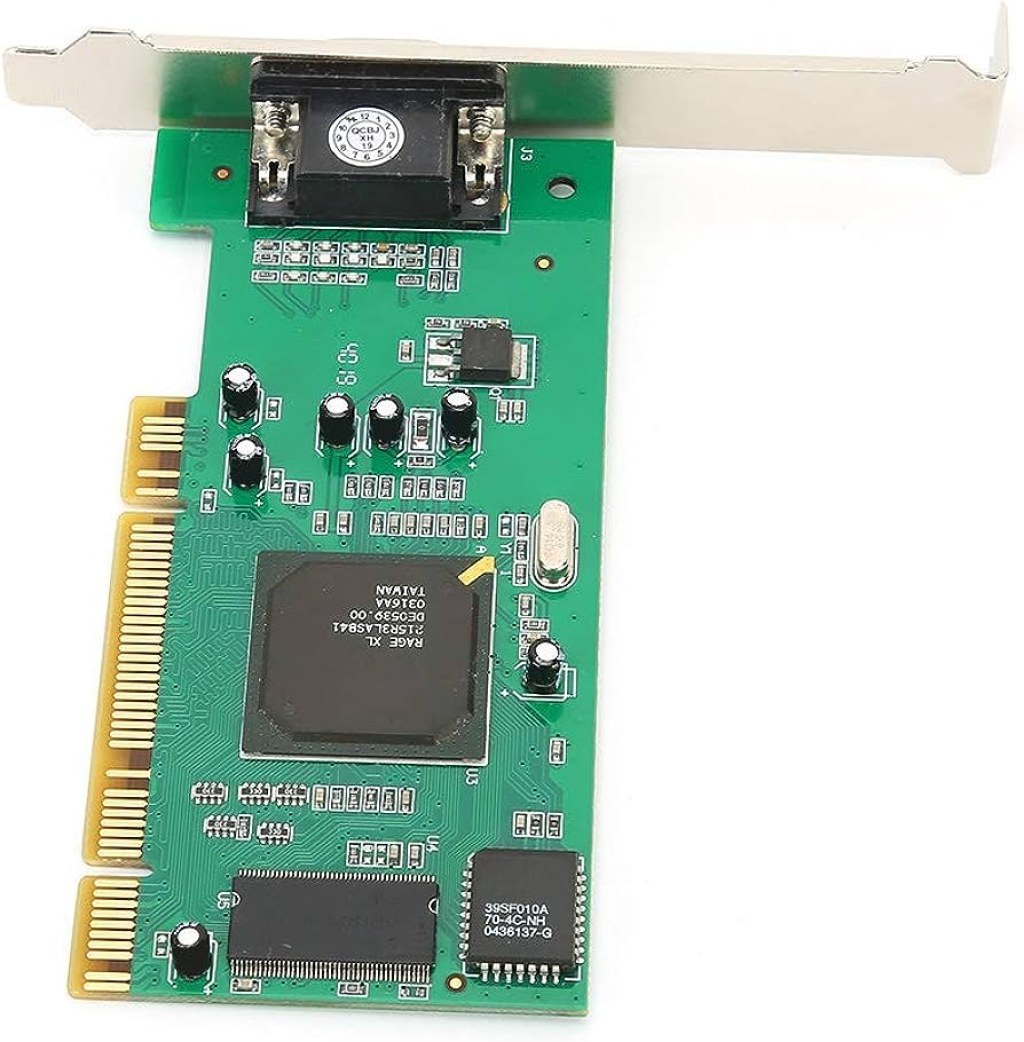
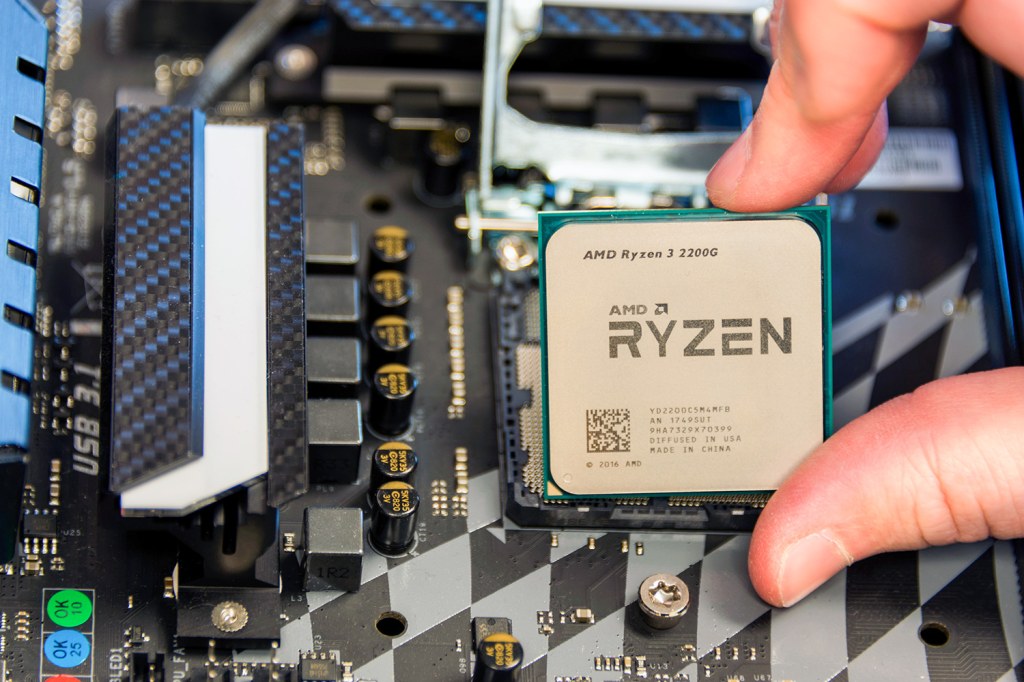
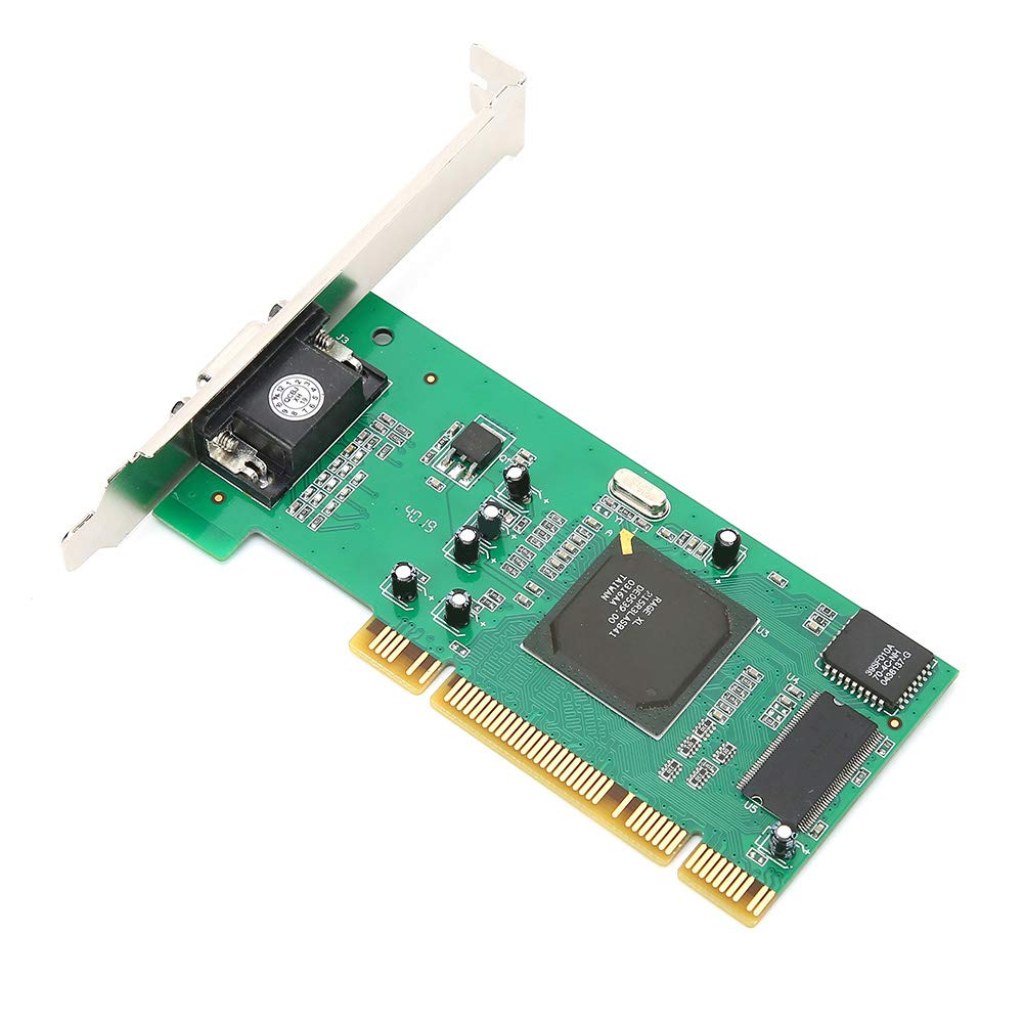
Overview
Before we dive into the details, let’s first understand what computer hardware 32 bit is all about. Put simply, it refers to the central processing unit (CPU) architecture that can process 32 bits of data at a time. This means that the CPU can handle 32 bits of information in a single clock cycle, enabling faster processing speeds and improved performance.
What is Computer Hardware 32 Bit?

Image Source: media-amazon.com
Computer hardware 32 bit is a technology that forms the backbone of modern computing systems. It encompasses various components, including the CPU, memory, motherboard, and peripherals, all designed to work together to execute instructions and process data in 32-bit chunks.
Who Uses Computer Hardware 32 Bit?
Computer hardware 32 bit is widely used in both personal computers and enterprise systems. Individuals and businesses rely on this technology for a range of tasks, from everyday computing activities to complex computational processes. It has become an integral part of the digital landscape, empowering users with enhanced capabilities and performance.
When was Computer Hardware 32 Bit Introduced?
The advent of computer hardware 32 bit can be traced back to the early 1980s when it was first introduced as a successor to the 16-bit architecture. This breakthrough brought about a significant leap in computing power and paved the way for the advancements we see today. Since then, 32-bit technology has evolved and continues to play a crucial role in modern computing.
Where is Computer Hardware 32 Bit Used?

Image Source: digitaltrends.com
Computer hardware 32 bit finds its applications in various domains, such as gaming, multimedia production, scientific research, and software development. Its versatility allows it to cater to diverse computing needs, making it a preferred choice for many industries and individuals alike.
Why Choose Computer Hardware 32 Bit?
There are several reasons why computer hardware 32 bit remains a popular choice in the digital landscape. Firstly, it offers compatibility with a vast array of software applications, ensuring seamless integration and ease of use. Additionally, it provides a balance between cost and performance, making it an affordable yet efficient option for many users.
How Does Computer Hardware 32 Bit Work?

Image Source: media-amazon.com
At its core, computer hardware 32 bit operates on the principle of binary code, where data is represented in a series of 1s and 0s. The CPU processes these binary instructions by fetching them from memory, decoding them, executing the required operations, and storing the results. This intricate process allows for the efficient execution of tasks and the manipulation of data.
Advantages and Disadvantages of Computer Hardware 32 Bit
Like any technology, computer hardware 32 bit has its fair share of advantages and disadvantages. Let’s take a closer look at both:
Advantages:
1. Faster Performance: The ability to process 32 bits of data at a time translates to faster processing speeds and improved performance.
2. Wide Software Compatibility: 32-bit technology enjoys broad software support, ensuring compatibility with a wide range of applications.
3. Cost-Effective: Compared to 64-bit systems, 32-bit hardware is often more affordable, making it an attractive option for budget-conscious users.
4. Lower Memory Requirements: 32-bit systems require less memory, which can be beneficial for devices with limited resources.
5. Legacy Support: Many older software and devices are designed to work specifically with 32-bit systems, ensuring backward compatibility.
Disadvantages:
1. Limited Memory Addressability: Due to the inherent limitations of 32-bit architecture, these systems can only address up to 4GB of RAM, restricting their potential for memory-intensive tasks.
2. Reduced Security: 32-bit systems may be more vulnerable to certain security threats compared to 64-bit counterparts.
3. Lack of Future Compatibility: As technology advances, the industry is gradually shifting towards 64-bit systems, potentially leaving 32-bit hardware behind in terms of support and software development.
4. Limited Processing Power: While 32-bit systems offer significant performance improvements compared to older architectures, they are still outperformed by their 64-bit counterparts when it comes to demanding tasks.
5. Inefficient Handling of Large Data Sets: Due to their limited memory addressability, 32-bit systems may struggle when dealing with extensive data sets, leading to potential performance bottlenecks.
Frequently Asked Questions about Computer Hardware 32 Bit
1. What is the main difference between 32-bit and 64-bit computer hardware?
2. Can I upgrade my 32-bit system to a 64-bit one?
3. Which operating systems support 32-bit hardware?
4. Are there any compatibility issues when using 32-bit software on a 64-bit system?
5. Is it worth investing in 32-bit hardware in today’s technology landscape?
Conclusion
In conclusion, computer hardware 32 bit remains a vital component of the digital world. Its ability to process data in 32-bit chunks offers improved performance and compatibility, making it a popular choice for many users. However, as technology continues to advance, it is essential to consider the limitations of this architecture and evaluate whether it meets your specific needs. Whether you choose 32-bit or 64-bit hardware, make an informed decision based on your requirements, budget, and future scalability.
Final Remarks
Friends, as we conclude this article, it is important to note that the world of computer hardware is constantly evolving. While we have discussed the significance of 32-bit technology, it is essential to stay updated with the latest advancements in the field. Always remember to consult reliable sources and seek professional guidance when making decisions related to your computer hardware needs. Happy computing!
This post topic: Electronics
